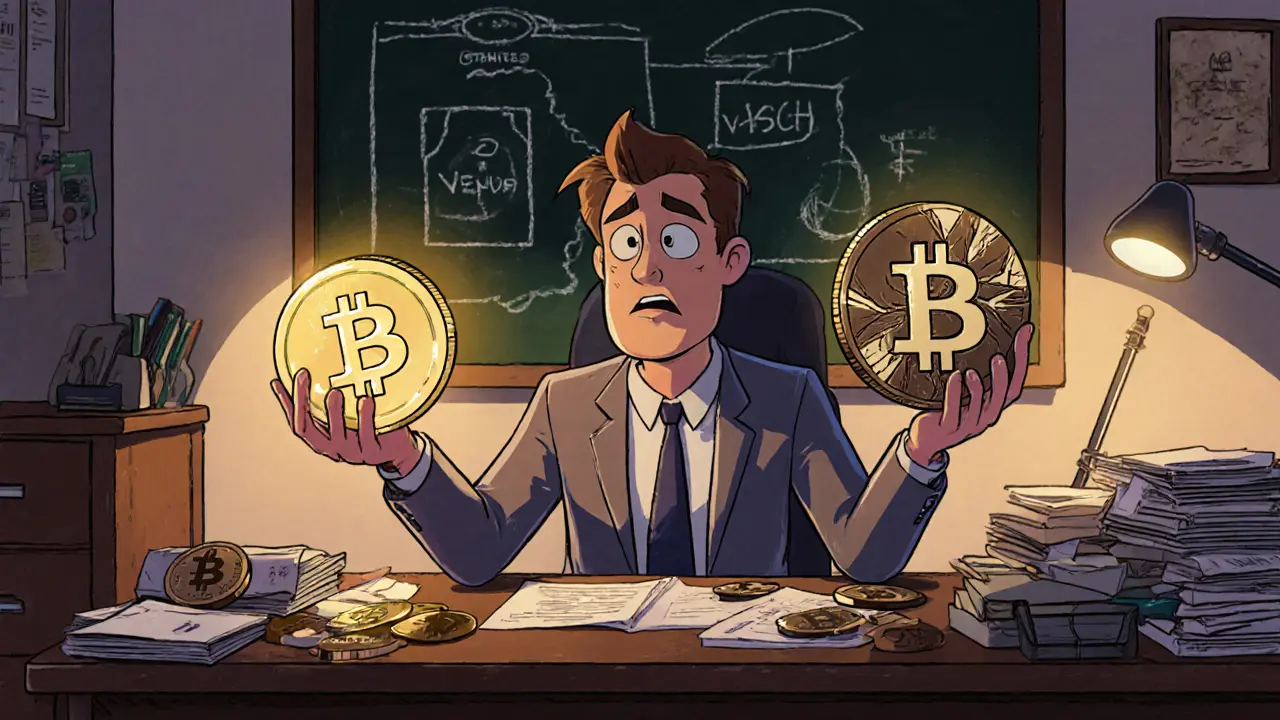DeFi Token: What It Is and Why It Matters
When talking about DeFi token, a cryptocurrency that powers decentralized finance services such as lending, trading, and yield farming. Also known as finance token, it bridges traditional finance concepts with blockchain tech, letting anyone earn interest or trade assets without a bank. This definition sets the stage for the variety of posts you’ll see below, from airdrop guides to exchange reviews.
Key Concepts Around DeFi Tokens
One of the fastest ways a DeFi token gains traction is through a airdrop, a free distribution of tokens to qualified wallets. Airdrops act like a promotional splash: they increase awareness, seed liquidity, and often boost the token’s market depth. Our collection includes detailed walkthroughs for SENSO, BullPerks, and Tacocat airdrops, showing exactly how you can claim free tokens and what risks to watch for.
The next piece of the puzzle is the decentralized exchange, a platform that lets users trade DeFi tokens directly from their wallets. DEXs such as SundaeSwap or MintMe let token creators list without gatekeepers, which speeds up adoption. They also provide the liquidity pools that many DeFi tokens rely on for price stability and trading volume. Our reviews of these exchanges break down fees, security, and user experience, so you can pick the right venue for your trades.
Many DeFi tokens double as governance token, a crypto that grants holders voting rights over protocol upgrades and parameters. Holding the token isn’t just a speculative play; it gives you a say in how the ecosystem evolves. For example, PROT and PAC Protocol tokens include voting mechanisms that influence fee structures and tokenomics. Understanding these rights helps you assess long‑term value beyond price swings.
Behind every active DeFi token sits a liquidity pool, a reserve of paired assets that enables smooth swaps and incentives for providers. Liquidity pools power automated market makers (AMMs) on DEXs, rewarding participants with fee share or extra tokens. The health of a pool often dictates a token’s price stability and yield potential, which is why our guides on pool analytics and risk management are essential reading.
Putting these pieces together, you can see that a DeFi token encompasses governance features, relies on liquidity pools, often launches via an airdrop, and trades on decentralized exchanges. Each of those elements influences the token’s adoption curve, risk profile, and upside potential. That's why the articles below cover a broad range—from seed‑phrase security that protects your wallet, to detailed tokenomics of upcoming airdrops, and step‑by‑step DEX tutorials.
Ready to dig deeper? Below you’ll find a curated list of guides, reviews, and practical tips that walk you through every stage of working with a DeFi token. Whether you’re chasing a free airdrop, comparing exchange fees, or learning how to vote on protocol changes, the collection has you covered.

Venus BCH (vBCH) Explained: What It Is, Risks, and Why It’s Likely a Scam
Caius Merrow Aug, 20 2025 14Discover what Venus BCH (vBCH) really is, why it’s linked to scams, its market data, and how to protect yourself from this dubious token.
More Detail